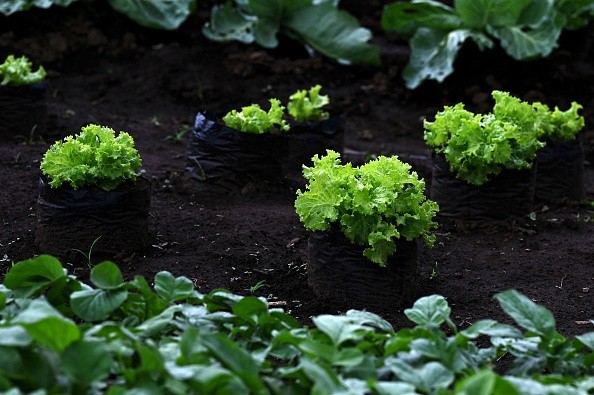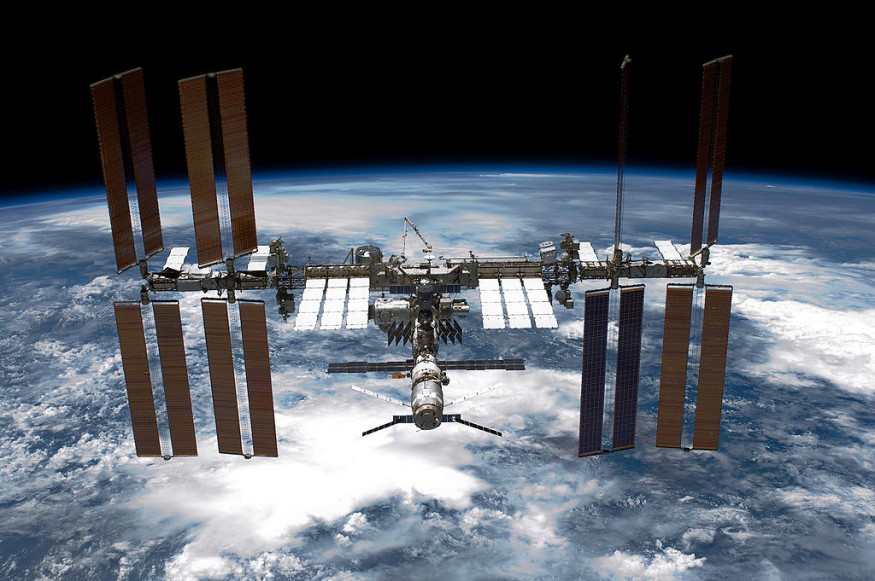NASA is planning to send astronauts to Mars in the 2030s. The astronauts will be exposed to an extended period of microgravity throughout the three-year mission, which will lead them to lose bone mass. However, scientists have discovered transgenic lettuce that generates a hormone that stimulates bone growth. Someday, astronauts may be able to grow lettuce in space and prevent bone loss simply by eating a large salad. Furthermore, the lettuce may aid in the prevention of osteoporosis in resource-limited locations on Earth, according to experts.

The researchers will report their findings at today's American Chemical Society's spring conference (ACS).
Research

Previous research has found that astronauts on long-duration space missions lose more than 1% of their bone mass every month spent in space, known as osteopenia. "At the moment, astronauts on the International Space Station follow certain workout regimes to preserve bone density," says Kevin Yates, a graduate student. He will present the research at the symposium. "However, they seldom stay on the International Space Station for more than six months." Getting to Mars takes around ten months, and astronauts would stay for roughly a year to research the planet before returning to Earth.
Developing Medical Conditions

Astronauts may develop osteopenia and, eventually, osteoporosis due to the three-year mission. A medicine containing a peptide fragment of human parathyroid hormone (PTH) promotes bone production and may aid in the restoration of bone mass in microgravity, although daily injections are required. It is impractical to transport significant medication supplies and syringes on space missions and administer them. So Yates, Somen Nandi, Ph.D., Karen McDonald, Ph.D., and their colleagues set out to discover a way for astronauts to make it themselves-while also getting some nice greens, which astronauts primarily canned freeze-dried diets badly lack.
According to Nandi, transgenic seeds, which are quite small-a few thousand seeds may fit in a vial the size of your thumb-can be carried by astronauts and grown exactly like conventional lettuce. They may consume the plants after using them to produce medications such as PTH on an as-needed basis.
Producing Ordinary Lettuces
Astronauts have already demonstrated that they can produce ordinary lettuce in this resource-constrained environment on the International Space Station. At the University of California, Davis, Yates, Nandi, and McDonald intended to create transgenic lettuce that expressed the PTH peptide in a form that could be consumed rather than injected. The unique lettuce might also aid in treating osteopenia in areas of the world where regular drugs are unavailable. They added a segment of another protein, the fragment crystallizable (Fc) domain of a human antibody, to PTH's sequence to boost its stability and bioavailability in the body. According to previous research, the Fc fragment lengthens the time the connected peptide circulates in the circulation, increasing its effectiveness.
By infecting plant cells with Agrobacterium tumefaciens, a microbe employed in the lab to transfer genes to plants, the researchers introduced a gene producing PTH-Fc to lettuce. They looked for PTH-Fc production in the transgenic lettuce plants and their offspring. The plants produce 10-12 milligrams of the modified peptide hormone per kilogram of fresh lettuce, according to preliminary findings. According to Yates, astronauts would need to consume roughly 380 grams of lettuce each day, or about 8 cups, to receive an adequate dose of the hormone, assuming a 10% bioavailability, which he admits is a "very hefty salad."
Where is the Project Headed?
According to McDonald, one of the things they're doing right now is screening all of these transgenic lettuce lines to see which one has the greatest PTH-Fc expression. They've looked at a couple of them so far and found that the average is 10-12 mg/kg, but we believe we can improve on that. The more they can increase the expressiveness, the less lettuce they'll need to eat. The researchers also want to see if the transgenic lettuce grows well on the International Space Station and generates the same amount of PTH-Fc as it does on Earth.
Although the researchers have not yet tasted the lettuce since its safety has not been determined, they expect it to taste remarkably similar to its non-transgenic cousin, as do most other transgenic plants. However, before the transgenic lettuce can be served to astronauts, the researchers must first optimize the PTH-Fc expression levels. They will evaluate the lettuce in animal models and human clinical trials for its capacity to prevent bone loss safely. "I would be extremely shocked if plants aren't being exploited to take medications and other helpful substances when we send people to Mars," Yates says.
Related Article : Worms are Being Sent Into Space in an Effort to Understand Muscle Loss in Microgravity
For more Space news, don't forget to follow Nature World News!
© 2025 NatureWorldNews.com All rights reserved. Do not reproduce without permission.





